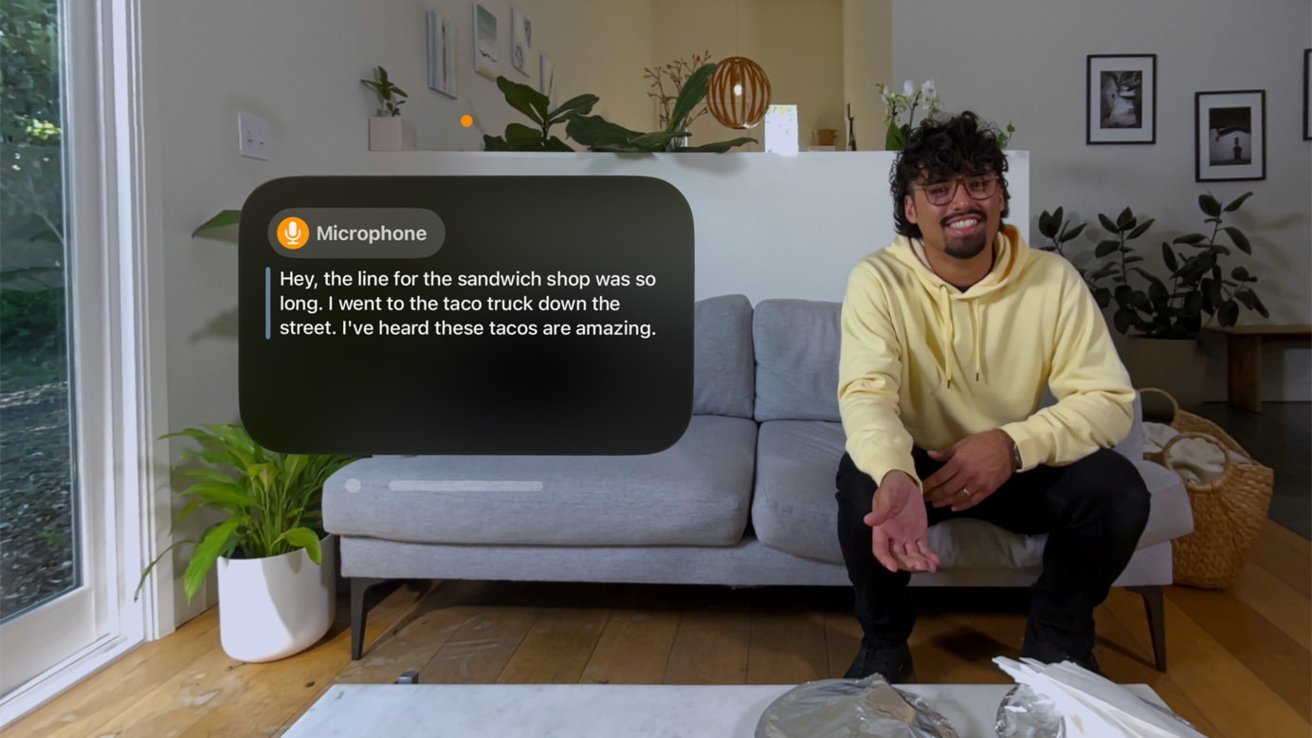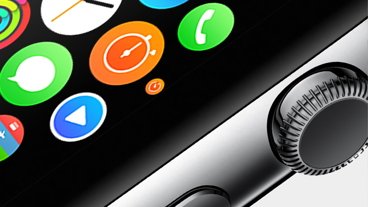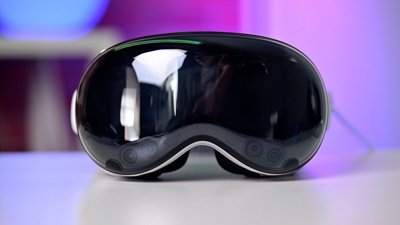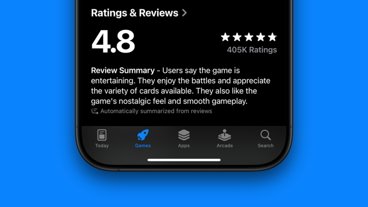Ahead of Global Accessibility Awareness Day on May 16, 2024, Apple has revealed a huge amount of new features coming to iOS 18, macOS 15, and visionOS 2.0 coming in the fall of 2024.
As it has before, Apple has promoted Global Accessibility Awareness Day by giving a sneak peek at iPhone accessibility features ahead of them being made available in iOS 18.
"We believe deeply in the transformative power of innovation to enrich lives," Tim Cook, Apple's CEO, said in a statement. "That's why for nearly 40 years, Apple has championed inclusive design by embedding accessibility at the core of our hardware and software."
"We're continuously pushing the boundaries of technology," he continued, "and these new features reflect our long-standing commitment to delivering the best possible experience to all of our users."
The new features include eye tracking, which will let users control their iPhones or iPads with their eyes. A new Dwell Control will let users activate buttons, or perform swipes.
For deaf or hard of hearing users, Music Haptics will offer them a way to experience music. Apple says that it plays taps, textures and refined vibrations to the audio of the music.
Apple also says that this will work at launch with millions of songs on Apple Music. Music Haptics API will be available for developers to use in order to make music more accessible in their own apps.
Then Vocal Shortcuts will allow users to trigger tasks not by spoken commands, but by making specific sounds. Users can assign what Apple describes as "custom utterances" to functions in Siri.
Alongside this, a feature called Listen for Atypical Speech will use Machine Learning to help identify user speech patterns. It's meant to help with conditions such as cerebral palsy, amyotrophic lateral sclerosis (ALS), or stroke.
 As a vehicle changes direction, or brakes, dots on the iPhone screen match the movement to help reduce motion sicnkess
As a vehicle changes direction, or brakes, dots on the iPhone screen match the movement to help reduce motion sicnkessPlus the new Vehicle Motion Cues will help reduce motion sickness in moving vehicles. While using their iPhone or iPad, the devices will present animated dots at the side of the screen, which move along with changes in vehicle motion.
Apple says that this helps because motion sickness is often caused by the difference between what someone sees, and what they can feel. So tying the motion they are feeling into a clear but unobtrusive animated display should cut that down.
"Each year, we break new ground when it comes to accessibility," Sarah Herrlinger, Apple's senior director of Global Accessibility Policy and Initiatives said. "These new features will make an impact in the lives of a wide range of users, providing new ways to communicate, control their devices, and move through the world."
As well as iOS, both visionOS and CarPlay are to get new accessibility features. With the Apple Vision Pro, that means system-wide Live Captions, for instance.
For CarPlay, Apple is adding the ability to control apps with their voice. CarPlay is also gaining Sound Recognition, meaning that car horns and sirens can optionally trigger notifications.
Marking Global Accessibility Awareness Day
Alongside the announcement of the new features coming to iOS 18, Apple has also announced that it will be marking this year's Global Accessibility Awareness Day in its stores, and on its services. Throughout May, certain Apple Stores such as Apple Piazza Liberty in Milan will host events.
The Apple TV app, Apple Books, Apple Fitness+, and Apple Podcasts will all spotlight the lives and works of disabled artists and writers.
Apple has long had a track record in accessibility, and this year's announcements add to decades of features that have changed lives. Most recently, a woman with non-speaking autism revealed how an iPad gave her a voice and has led to a career speaking worldwide.
 William Gallagher
William Gallagher







-m.jpg)






 Malcolm Owen
Malcolm Owen
 Marko Zivkovic
Marko Zivkovic
 Christine McKee
Christine McKee
 Andrew Orr
Andrew Orr
 Andrew O'Hara
Andrew O'Hara


 Mike Wuerthele
Mike Wuerthele




-m.jpg)



5 Comments
Wow. Eye tracking etc. Amazing Apple.
Having had family members afflicted with the serious conditions listed in the article, this is amazing. Really touching that they are working so diligently to enable computing for those who in some ways need computing tools the most.
I just cannot imagine how the dots would reduce motion sickness but sounds interesting. I cannot read well in moving vehicles as well.